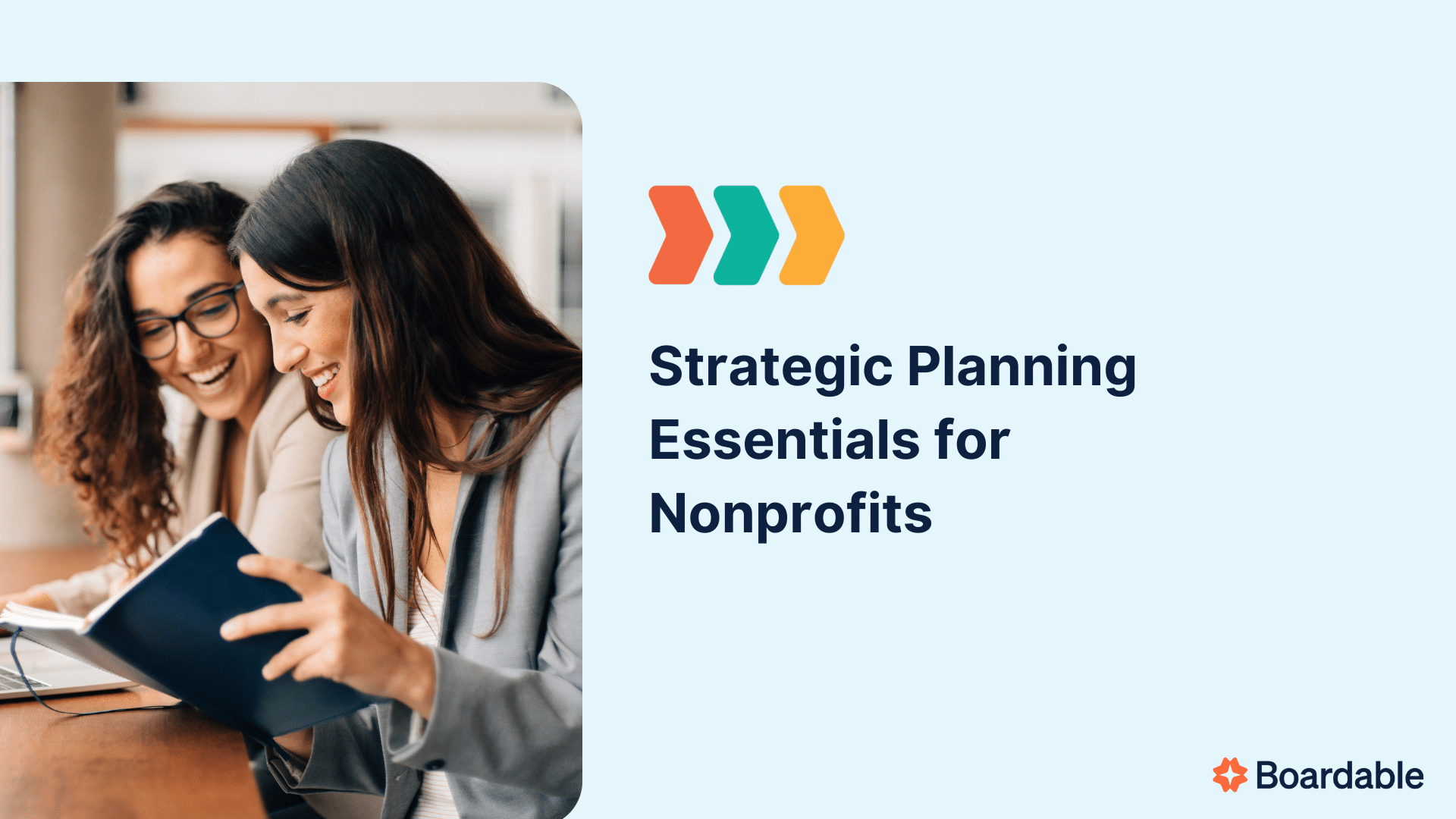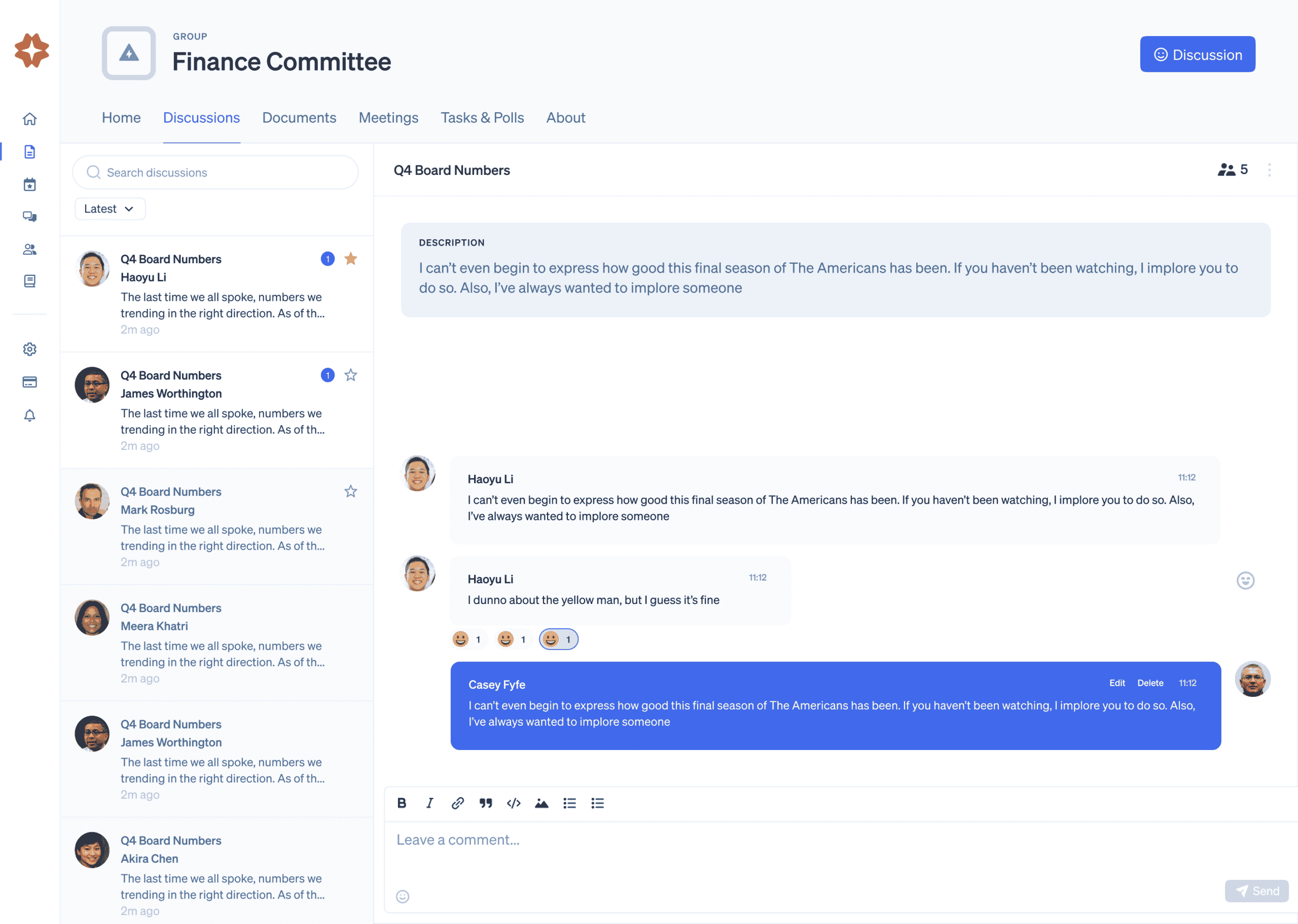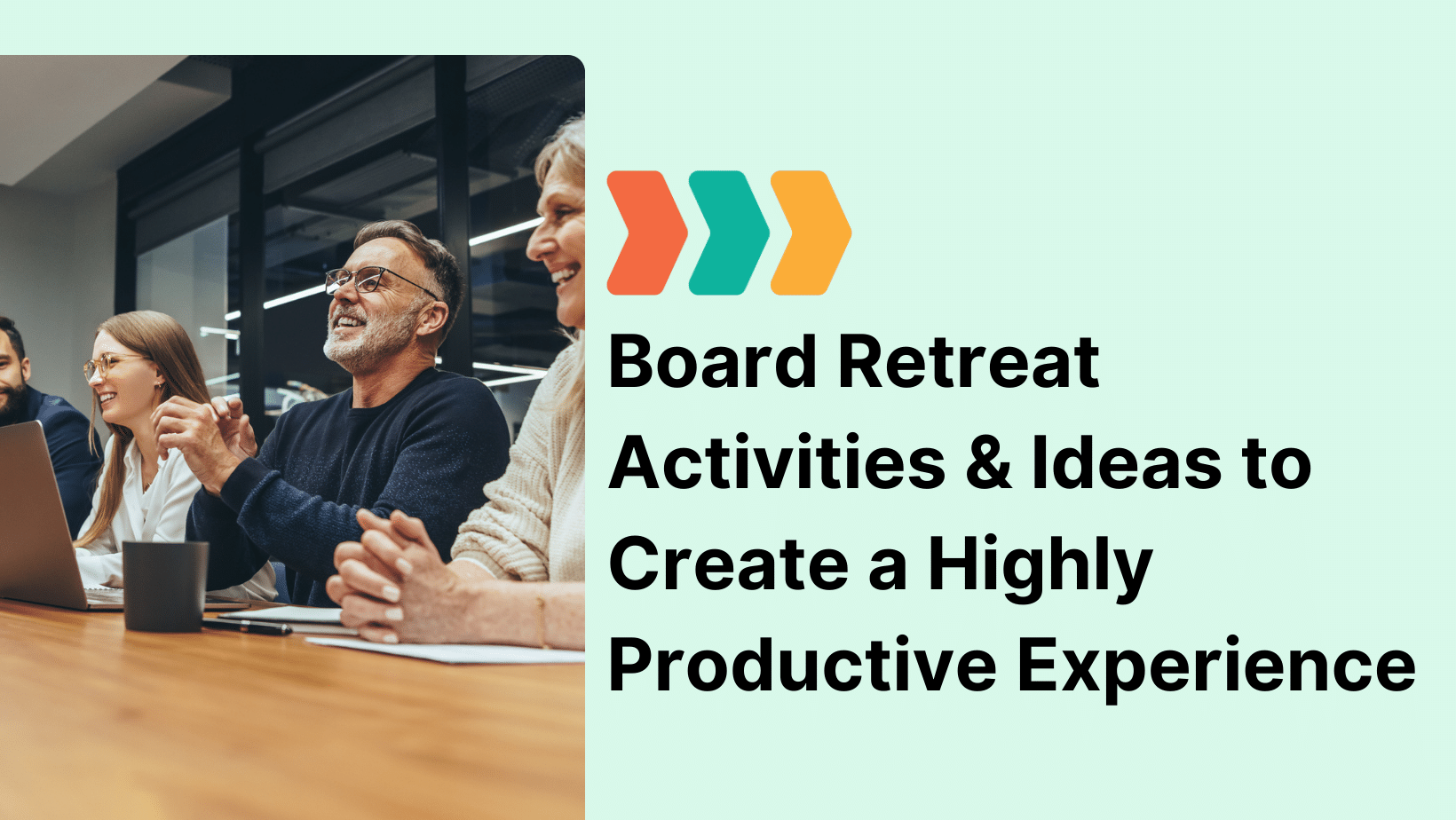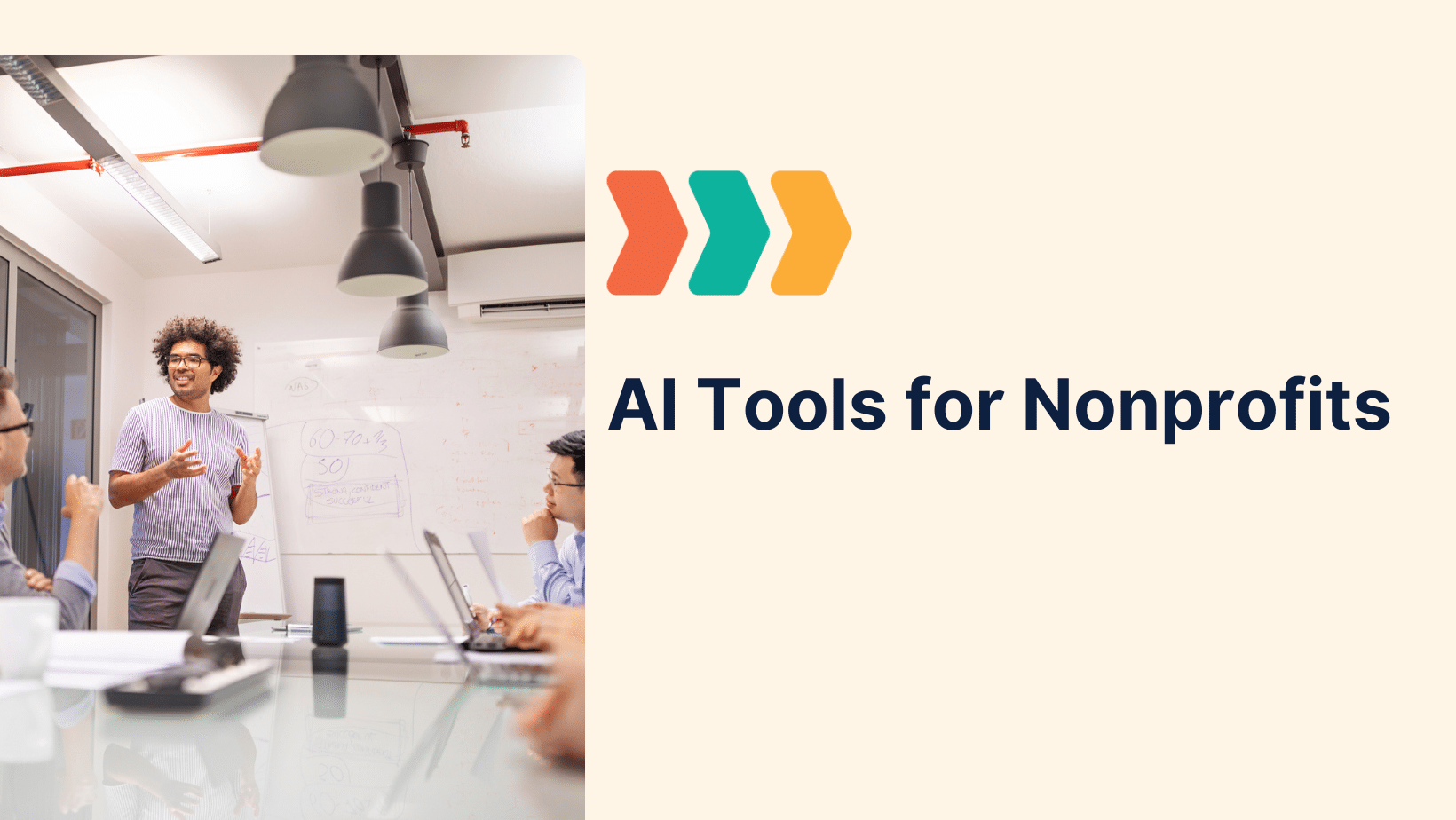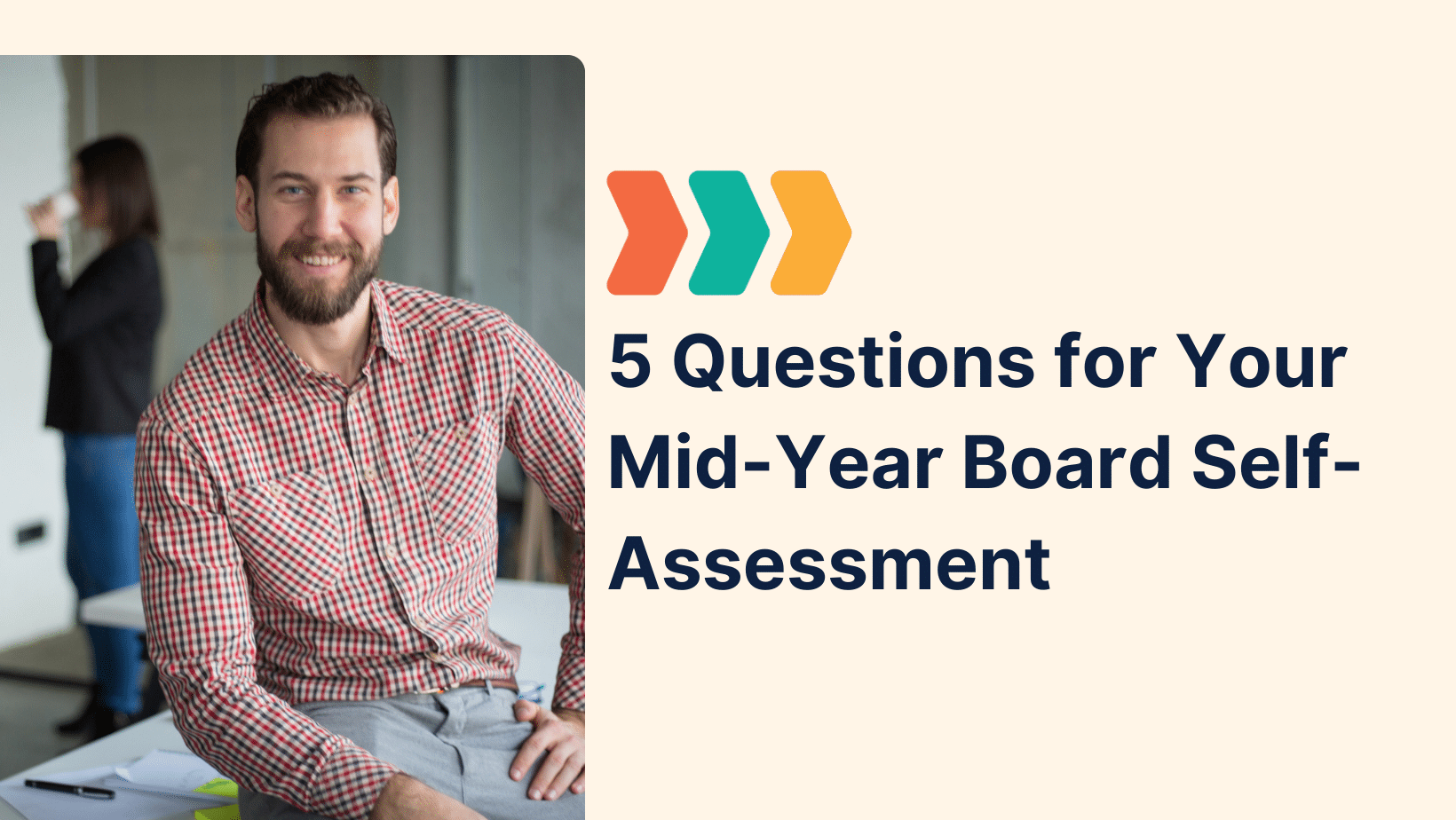A strategic plan is your nonprofit’s roadmap for a period of time. Within it are your mission, vision, short-term, medium-term, and long-term goals and it’s essential to treat the plan as a dynamic tool to shape the direction of your organization — it has to adapt with your organization. Your organization’s needs will vary depending on whether you are newly established, in a period of growth or decline, or are focused on sustainability. Is your nonprofit organization in need of a strategic plan? We have compiled the essentials for nonprofits that will be your path to impact.
Why is a strategic plan important?
The nonprofit strategic planning process provides time to reflect on your organizational goals and identify priorities for the next few years. Your strategic plan should guide the direction of the work your nonprofit will undertake, and is a necessary step to set your board, team, and organization up for success. There’s a lot of important work happening in the nonprofit sector, but as the saying goes, “If everything is important, then nothing is” and what you’ll end up with are staff and board members who aren’t sure where to focus their efforts. Your strategic plan should solve this conundrum by aligning your mission, vision, and goals.
Key Considerations for a Strategic Plan
How can your organization create a strategic plan that won’t be forgotten about after the meeting ends and can actually be put into action? This is a worry that many nonprofits have and it’s a valid concern. After all, you’ve devoted time, energy, and money to the process so you want it to serve your organization. There are a few key considerations to creating a solid plan.
Balance big-picture reflection with actionable objectives
The first thing to note is a strategic plan is a big-picture plan for where your organization wants to go. The nonprofit strategic planning process should provide ample time for reflection and evaluation of your organization’s mission, priorities, and goals for the future. As a team, envision the outcomes you’d like to see for your organization and its constituents. Consider the milestones that will help you measure your progress toward each goal and set a reasonable timeline.
Make it SMART
By focusing on a few key priorities, your organization can chart a direction and make operational and fundraising decisions based on your focus areas. Consider using the five rules for setting SMART goals and plans for your organization.
- S = specific. Your goal should include details of what you want to accomplish.
- M = measurable. You should be able to measure your progress and accurately determine whether you’ve accomplished your goal.
- A = attainable. Your goals should challenge you!
- R = realistic.
- T = timely.
This helps guide the strategic plan and minimizes the chances that to leave your team and board members feeling confused about priorities.
Who do you have at the table?
It’s a given that your strategic planning process should include nonprofit leadership and your board of directors. And, it’s crucial to seek input from all stakeholders including staff, supporters, community members, and the population you serve. Think about it: how will you know your community’s needs if you don’t ask? These different perspectives help identify areas where your organization is thriving, gaps that need to be addressed and determine the priorities of the community you serve.
Make it easier for all voices to be part of the process by providing multiple avenues for staff and community members to share insights and be a part of the conversation. Host focus groups to bring together staff, board, volunteers, and the people you serve. Offering surveys and listening sessions can help your organization engage a larger audience, identify themes across your various stakeholders, and provide you with insight you wouldn’t receive if the process was limited to a small group of board members and leadership staff.
As a nonprofit consultant supporting organizations with strategic planning, impact mapping, and assessment, Carol Hamilton, Principal of Grace Social Sector Consulting suggests considering what challenges and barriers someone might need to overcome to participate. “One thing that organizations are becoming more aware of now is people need support and resources to give an hour to be part of a focus group. It’s not a given that it’s easy. Being able to compensate people for their time, provide childcare, or provide access to transportation all of those different things really enable all the voices you need to hear from be part of the process.” – Carol Hamilton, Principal of Grace Social Sector Consulting.
How to begin developing your strategic plan
- Many nonprofits start their strategic planning process with a “SWOT” Analysis gathering staff and board insights about the organization’s strengths and weaknesses, as well as external opportunities and threats. This process provides a chance for collective reflection on organizational gaps and helps shape the direction you’ll head in.
- Determine the length of your plan. Some organizations opt for a seven-year plan while others create a five-year plan. A lot of growth and change can happen in that time span making the last few years of your strategic plan less valuable or all together irrelevant. The decision is ultimately up to your organization’s goals and capacity.
- Decide whether you want to work with a strategic planning consultant and what qualities are most important to your organization for a consultant. Your organization may find that working with a strategic planning consultant specializing in a certain area is important since they’ll already have background knowledge about the type of work your organization does. Working with a strategic planning consultant who has expertise in DEI or another specialized area is essential to take your organization to the next level.
Common roadblocks in developing a strategic plan
Some members of your team may be reluctant to engage in a strategic planning process. Perhaps they’ve gone through the process with another organization where the plan was abandoned or not adopted by the staff. These common roadblocks can be avoided by doing the following:
Creating a plan that lacks buy-in
Your organization’s strategic plan should reflect the perspectives and values of your staff, supporters, and the audience you serve, as well as members of your board and leadership staff. A collaboratively created strategic plan has a greater chance of being implemented.
The plan is too broad or too narrow
It’s great to dream big with pie-in-the-sky goals, and your strategic plan should be aspirational. But, it’s also necessary that your plan is grounded in what can reasonably be accomplished over the course of a few years — it is your roadmap after all. Alternatively, your organization may be tempted to limit what you can accomplish. That said, a strategic plan is a dynamic document that should adapt to meet the current realities and goals of your organization.
Do More For Your Mission with Boardable
In conclusion, a well-crafted strategic plan is not just a document; it’s the compass that guides your nonprofit organization toward its mission and vision. It’s a dynamic tool that adapts with your organization’s evolving needs, whether you’re newly established, in a phase of growth or decline, or focused on sustainability.
At Boardable, we understand the importance of a strategic plan in shaping the future of your nonprofit. Our commitment is to provide the essential tools and resources that empower organizations like yours to create impactful strategic plans. By balancing big-picture reflection with actionable objectives, setting SMART goals, and involving a diverse range of stakeholders, you can ensure that your strategic plan is not forgotten after the meeting ends but is put into action.
Remember, your strategic plan should be a collaborative effort that garners buy-in from your team, board, supporters, and the community you serve. It should strike the right balance between ambitious aspirations and achievable milestones. And, most importantly, it should be a living document that adapts to the changing landscape of your nonprofit’s journey.
Need help getting organized? View more of our resources to keep your board organized and on the same page throughout your strategic planning process.
